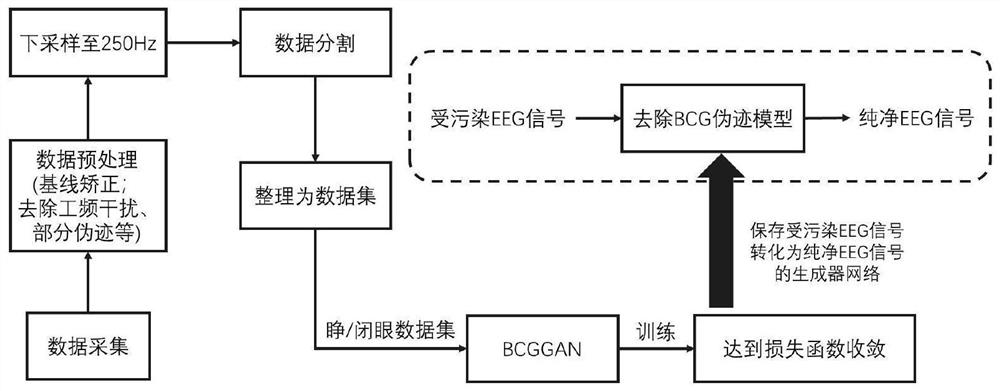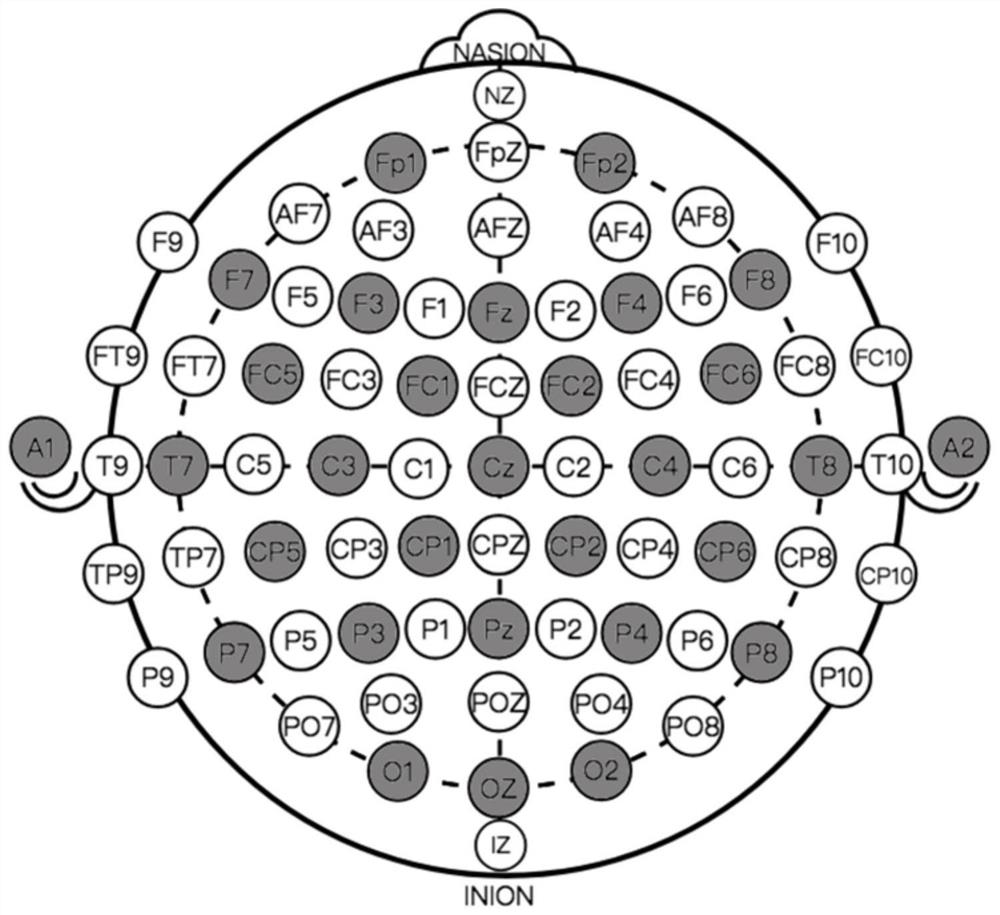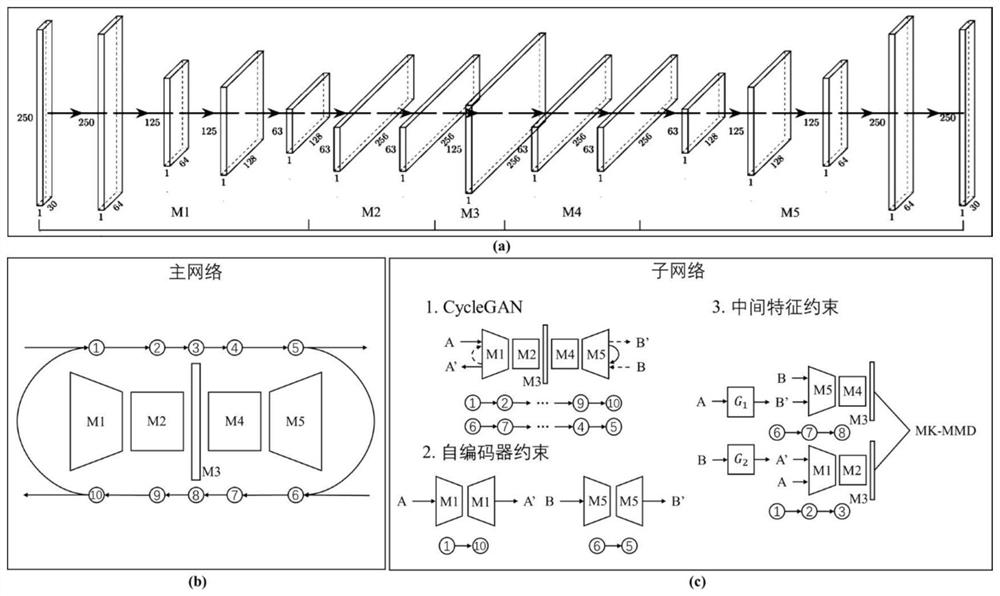Method for removing BCG artifacts through synchronous EEG-fMRI electroencephalogram signals
A technology of EEG signals and electrical signals, applied in the field of BCG artifacts, can solve problems such as inability to obtain EEG signals, achieve the effects of retaining EEG information, reducing equipment requirements, and avoiding processing errors
- Summary
- Abstract
- Description
- Claims
- Application Information
AI Technical Summary
Problems solved by technology
Method used
Image
Examples
Embodiment Construction
[0070] The method for removing BCG artifacts in EEG signals collected by synchronous EEG-fMRI based on deep learning of the present invention will be described in detail below in conjunction with the accompanying drawings.
[0071] Such as figure 1 As shown, a method based on deep learning to remove BCG artifacts in EEG signals acquired by synchronous EEG-fMRI includes the following steps:
[0072] Step 1. EEG data collection: Under the supervision of experienced clinicians and with the consent of the subjects, the EEG data of eyes open and eyes closed in normal environment and MRI environment were collected respectively. Signal acquisition A 32-channel MRI-compatible BP product was used to record EEG data, the impedance was adjusted to below 10kΩ, and the sampling rate was 5000Hz. According to the standard 10-20 system, 30 EEG electrodes (Fp1, Fp2, F3, F4, C3, C4, P3, P4, O1, O2, F7, F8, T7, T8, P7, P8, Fz, Cz, Pz , Oz, FC1, FC2, CP1, CP2, FC5, FC6, CP5, CP6, A1, A2) placed...
PUM
 Login to View More
Login to View More Abstract
Description
Claims
Application Information
 Login to View More
Login to View More - R&D
- Intellectual Property
- Life Sciences
- Materials
- Tech Scout
- Unparalleled Data Quality
- Higher Quality Content
- 60% Fewer Hallucinations
Browse by: Latest US Patents, China's latest patents, Technical Efficacy Thesaurus, Application Domain, Technology Topic, Popular Technical Reports.
© 2025 PatSnap. All rights reserved.Legal|Privacy policy|Modern Slavery Act Transparency Statement|Sitemap|About US| Contact US: help@patsnap.com



